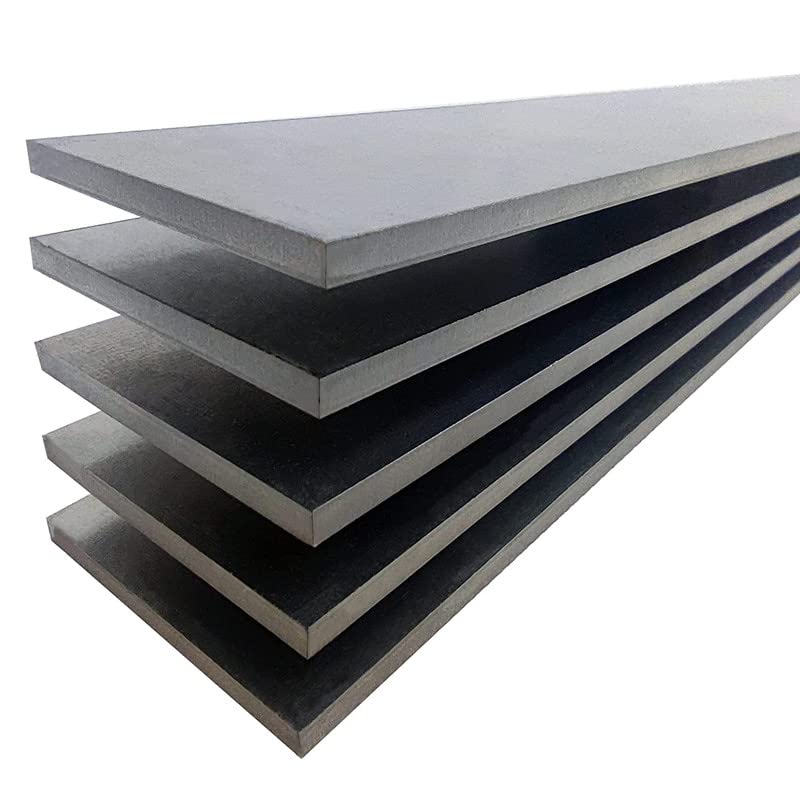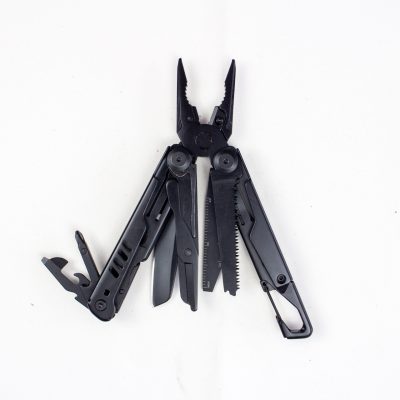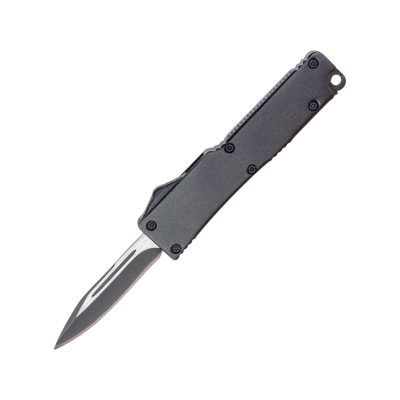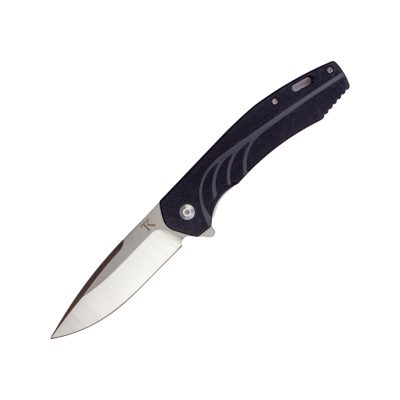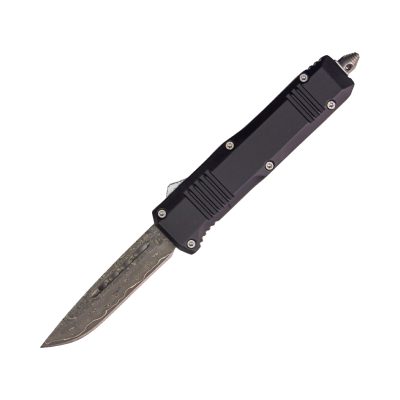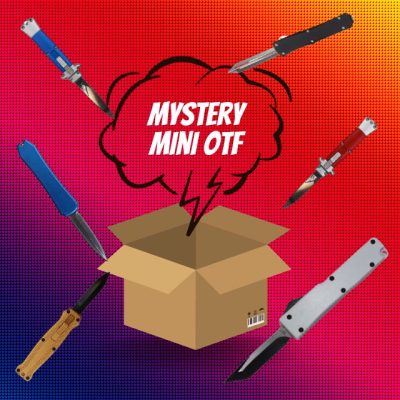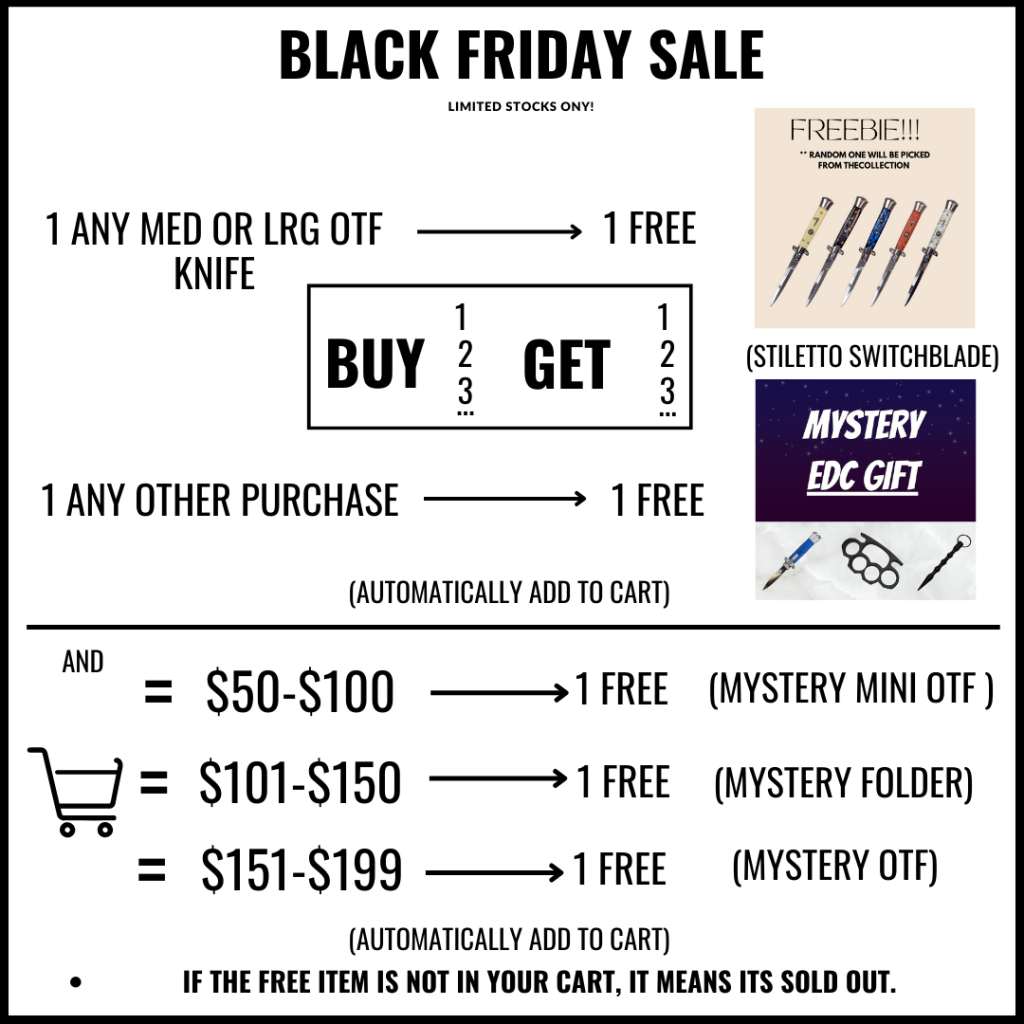Determine How You Plan to Use Your Knife
Do you want a hardy knife that will stand the test of time? Are you in the market for a well-rounded blade that charts high in almost every area? Would you like excellent performance that doesn’t come at a premium price? Then a knife made from 154CM steel might just be the thing for you. In recent years, mid-range and high-end knifemakers alike have turned to this specific steel when drafting their creations. But why has it been in demand, what makes it stand out from other similar metals, and should you consider it when shopping for your next OTF blade? We’ll answer all of these questions in the sections below.
The History of 154CM Steel
Though 154CM steel is quite popular among cutting edge (no pun intended!) knifemakers, it’s actually an older formulation. Originally developed in 1959 by Crucible Materials Corporation (which has since become Crucible Industries), it was created using vacuum induction melting, a detail-intensive process by which metals get heated to their melting point in a low-pressure environment. But while 154CM may have been quite literally made in a vacuum, its formulation was figuratively shaped by events of it time, events that imparted qualities that have led to its current popularity.
According to Knife Steel Nerds, the brainchild of MagnaCut super-steel creator Larrin Thomas, “It is impossible to understand 154CM without some knowledge of the history of bearing steels.” Of course, bearings are components of some kinds of complex machines that direct the motion of moving parts in a specific way while simultaneously reducing friction. Bearings appear in many things, such as industrial machinery and various types of engines — both of which were in high demand during the early to mid-20th century, a period which saw the advent of the First and Second World War.
One of the characteristics of bearings is that they need to function at high speeds and hot temperatures without experiencing significant wear, plastic deformation, or fatigue-related fracturing. Manufacturers initially achieved this by formulating tungsten steel, which vastly increased durability. However, in the United States, concerns over a potential tungsten shortage led to the use of molybdenum as a substitute. Enter Crucible Materials Corporation, which was working with the Air Force’s Wright Air Development Center on a bearing steel formulation that contained 15 percent chromium and four percent molybdenum. Thus 154CM was named and born.
The Characteristics of 154CM
Now that we know how 154CM came to be, let’s examine the characteristics that made it so ideal for plane parts — and later a great option for knives. When discussing steels, it’s worth remembering that the alloy has five main characteristics:
- Hardness: the metal’s resistance to undergoing a permanent change in shape
- Toughness: the metal’s resistance to fracturing under force
- Corrosion Resistance: the metal’s ability to not undergo oxidation when exposed to moisture
- Edge Retention: a measure of how long the metal can hold a sharp edge
- Ease of Sharpening: the effort required to reestablish a cutting edge on the metal once it has become dull.
These characteristics tend to exhibit complex positive and inverse relationships among themselves. For example, the harder the metal, the lower its toughness and the greater its edge retention. The longer it holds an edge, the more difficult it becomes to resharpen. The more it can resist rusting, the tougher it will be and the quicker it will dull. Naturally, there are exceptions to these correlations, and savvy steel manufacturers seek to find a formulation that will best maximize all of these qualities.
Speaking of formulations, 420 steel is largely considered the baseline when it comes to steel. Very tough, very hard, very resistant to rust — and very quick to dull. 420 steel is cheap and reasonably effective, making it ideal for inexpensive knives that can and will take a beating. However, its inability to hold an edge led to the creation of 440C steel. This upgraded metal exhibited far better edge retention at a somewhat significant decrease in toughness.
When Crucible started its work on 154CM, it used 440C as a sort of blueprint. Whereas 440C contains only tiny, trace amounts of molybdenum, 154CM nearly sextuples it. The result? To start with, 154CM combines impressive hardness with equally robust toughness. This is something of an achievement because hard metals often exhibit increased brittleness. (Think of glass or carbon steel, two substances that are very, very hard but risk shattering under specific kinds of force.) That hardness and toughness turns 154CM into a steel that resists most kinds of wear, and unlike carbon steel, it tends to not corrode.
There are downsides to 154CM. On the less impactful side of things, it tends to possess middling edge retention and only better-than-average ease in sharpening. However, these negatives are easily mitigated by showing a little TLC toward a 154CM blade. The real downside of 154CM is its cost. True, 154CM isn’t a super steel like Elmax or MagnaCut. But it’s also not a bargain metal, and purchasing a knife that uses it in its composition will prove more expensive than many other options.
Should You Buy an OTF That Uses 154CM?
Despite its quality, having 154CM as part of its composition isn’t an automatic advantage for every type of knife. For some use cases, having a blade that one can use, abuse, and easily sharpen may prove a bigger advantage. Think about the example of a primitive camping trip in harsh weather, a setting where you can expect a knife to get wet, to be used on all sorts of material, and to face some potentially extreme strain. In such situations, you would want a knife that features a blade of cheaper, tougher steel — one where it wouldn’t bother you too much if you had to replace it.
Note, though, that this is an extreme illustration. Most of us won’t be using our knives far out in the bush. If you plan to employ a knife for everyday uses or to whittle, for self-defense or for unexpected emergency situations, then 154CM is an excellent choice.
We offer many different kinds of knives here at TacKnives, including those with 154CM. Check out our full selection here.
Browse Our Folding Pocket KNives
-
Rated 4.90 out of 5$29.99Select options This product has multiple variants. The options may be chosen on the product page
-
Rated 4.90 out of 5$69.99Select options This product has multiple variants. The options may be chosen on the product page

